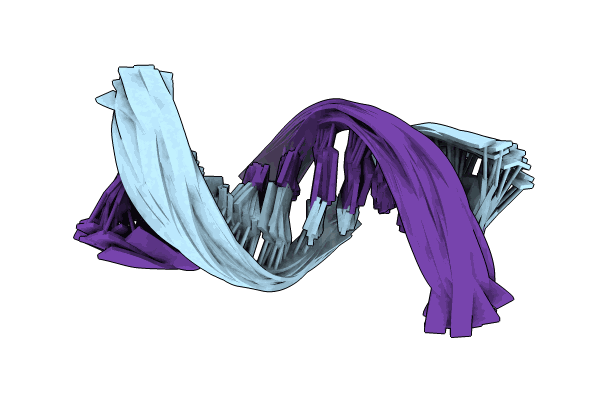
Deposition Date
2024-04-25
Release Date
2024-06-05
Last Version Date
2024-07-10
Entry Detail
PDB ID:
9F3E
Keywords:
Title:
Single acyclic phosphonate nucleotide (R)-ZNA modification on DNA duplex
Biological Source:
Source Organism:
synthetic construct (Taxon ID: 32630)
Method Details:
Experimental Method:
Conformers Calculated:
100
Conformers Submitted:
20
Selection Criteria:
structures with acceptable covalent geometry


